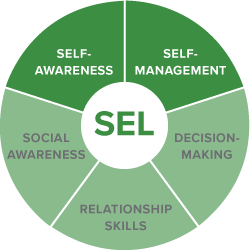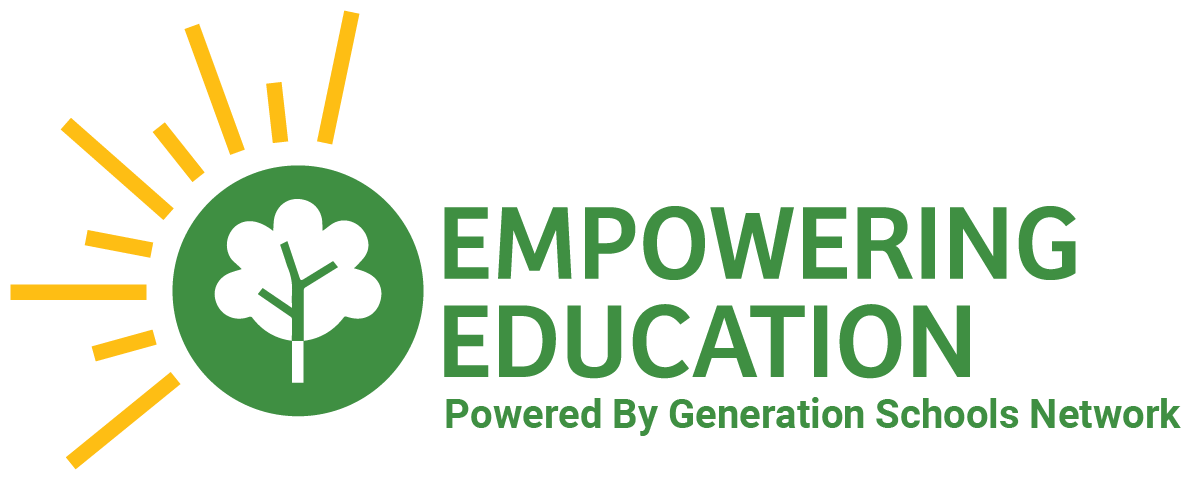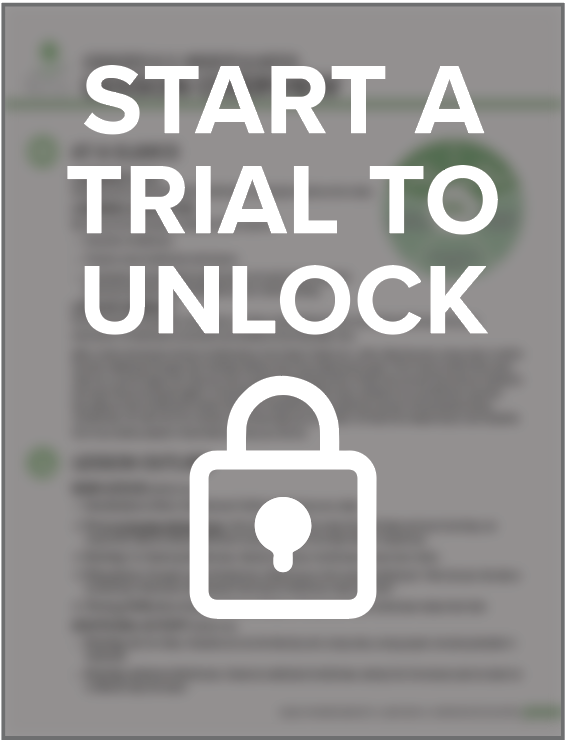Locked Content
Unlock this lesson plan by signing up for a free trial. Existing members, please log in.
Students will understand the principles of mindfulness and experience several mindfulness activities.
By the end of the lessons, students will be able to:
- Describe mindfulness
- Create and identify ground rules for mindfulness and SEL in the classroom
- Practice new mindfulness techniques
- Understand the Empowering Education and social and emotional learning time block (as appropriate to your school setting)
This first lesson introduces mindfulness and lays a foundation for the rest of the school year for your classroom’s mindfulness and social and emotional learning (SEL) time.
In this introductory lesson, students learn what mindfulness is through a class discussion and a mindfulness practice. You will lead the students in one or more brief mindfulness activities. Students discuss how mindfulness makes them feel and how they see it fitting into their lives and school. Finally, students end by writing and drawing in their journals to reflect on the activity.
As with all of our lessons, we encourage you to modify it to meet the needs of you and your students. You’ll see various options listed below to help you do that.
If you’re used to in-person teaching, switching to online can be tough at first. Be forgiving and start with what you know you can do and then add on one technique every few days or week.
For mindfulness, either live online or recorded, consider putting up a simple and calming picture when you invite (not tell!) students to close their eyes. If they know you’re still on the screen, they’ll be tempted to look and make sure they’re not missing out.
Get them moving! Online learning often involves a lot of sitting. Along with building in movement activities to your live or recorded lessons (stretch breaks, 5-minute workouts, etc.), use physical movements to get participation. For example: “put your arms up if you think that apologies are easy, cross your arms in front of you if you think they are hard to do.” You can also send students out on quick scavenger hunts in their homes: “go and bring back something that helps them calm down,” or “everyone go and get a hat to put on for this next activity.”
This first lesson centers on doing and talking about a mindfulness exercise, something well-suited for practice at home.
We recommend having student cameras off at various and frequent points in the lesson to allow them to focus on you. At a minimum, have students be unable to see their own camera view. It’s a lot to track other people on camera and your own video. We find it tiring to see ourselves during meetings. (In Zoom, use the “hide self-view” function and show students how to do it themselves. For other platforms that don’t have this capability, have everyone, including you, tape a piece of paper over their self-view. ) Similarly, during the mindful practice, keep student cameras off if possible.
Leave time, ideally before you do the mindfulness practice, to talk about their previous experiences with mindfulness.
For the journaling section done live online, have students silently work on their journals and then invite students to share what they have written. For a shy class, it may be that nobody wants to share. Try sharing your own journal entry as an ice-breaker. If still nobody wants to share, acknowledge that it can take time to feel comfortable doing so and move on.
After you ask a question, even if you’re going to answer it yourself, leave space for students to think. Silently and slowly count to at least 7 and, if you know how, go off camera and just show the question.
When recording a mindfulness practice lesson, breathe loudly so that your microphone can pick up that sound. You can also use a free chime app on your phone to add a starting and ending tone.
If parents or students are able to upload pictures of journal drawings, consider sending a short feedback video message to each student to encourage participation going forward. Later, you can give feedback intermittently.
CASEL Competencies
Self-awareness: The abilities to understand one’s own emotions, thoughts, and values and how they influence behavior across contexts. This includes capacities to recognize one’s strengths and limitations with a well-grounded sense of confidence and purpose.
Self-management: The abilities to manage one’s emotions, thoughts, and behaviors effectively in different situations and to achieve goals and aspirations. This includes the capacities to delay gratification, manage stress, and feel motivation & agency to accomplish personal/collective goals.


